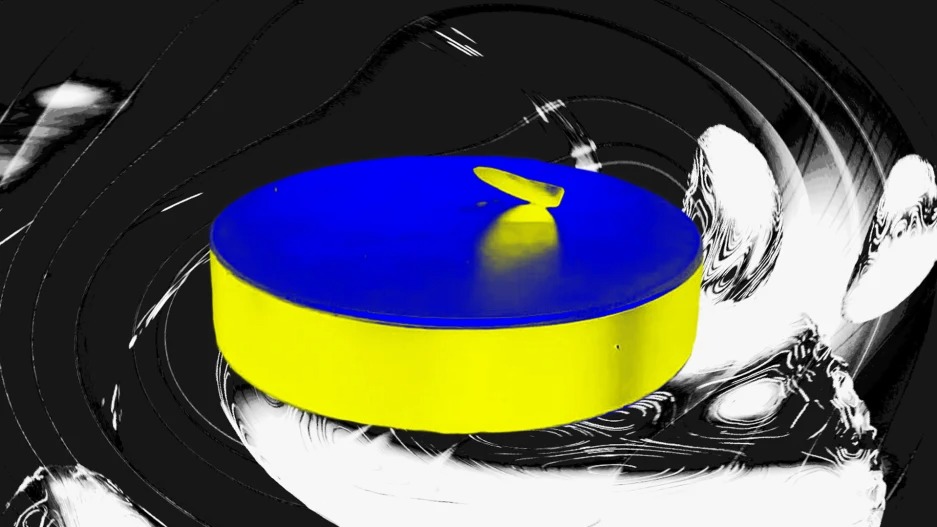- | 8:00 am
Team claims to successfully replicate LK-99, raising hopes of a new kind of superconductor
On Tuesday, a team in China said it had synthesized the material, which could represent a major scientific breakthrough.

The world could be a step closer to a new kind of superconductor that physics enthusiasts are likening to the invention of the transistor.
On Tuesday, a team at the Huazhong University of Science and Technology in Wuhan, China, said it had successfully synthesized the LK-99 crystal, as well as verified that the material could levitate slightly on both orientations of a magnetic field. If so, that increases hopes that a superconductor that works at room temperature and ambient pressure could be manufactured, a potential breakthrough that has been described as the “holy grail of physics.”
That would have far-reaching effects ranging from desktop quantum computers to ultraefficient continent-spanning power lines that could address climate change.
While there is no way to verify the claim directly, a video of the LK-99 flake synthesized at Huazhong University shows that it levitates above a strong magnet in a way that regular magnetized materials cannot, a characteristic of superconductors.
There are some other niche materials that also exhibit this property, so this levitation trick alone isn’t enough to prove that LK-99 is a superconductor. The next step is to demonstrate that LK-99 can actually conduct electricity with no resistance.
Scientists at Huazhong University might have been among the first to replicate LK-99, but they’re hardly the only ones attempting to do so. Two independent studies, from Lawrence Berkeley National Lab in California and Shenyang National Lab in China, have supported the initial claims from the trio of South Korean researchers who first wrote about the discovery.
And at least one other video has surfaced on Twitter seeming to show a successful replication:
Meanwhile, an independent Twitter user, Andrew McCalip, who builds space capsules as his day job, has launched an effort to re-create the superconductor based on the paper’s specifications. While suffering some early setbacks with materials, he says that work is progressing, though he did attempt to temper expectations among his followers, posting, “Reminder that this first attempt WILL PROBABLY NOT WORK. . . . The very first step of replication is to show that the correct form/composition material is created when the specific recipe is run. We’ll be sticking to the baseline times / temps / ratios. I don’t want to go offroading, we’ll leave that to some other cooler people ???? Goal is to get the material into the hands of the materials nerds to pass judgement. [sic]”
While physics might not be a topic that generally gets the mainstream media buzzing, there’s real reason to get excited about LK-99 if it is indeed something that can be replicated reliably and used in real-world settings. Proof of a room-temperature superconductor would be a virtual lock on a Nobel Prize, some say.
“Room-temperature superconducting materials would lead to many new possibilities for practical applications, including ultraefficient electricity grids, ultrafast and energy-efficient computer chips, and ultrapowerful magnets that can be used to levitate trains and control fusion reactors,” wrote Massoud Pedram, a professor of electrical and computer engineering at the University of Southern California. “Whether and how soon this promising future of electronics can be realized depends in part on whether the new room-temperature superconductor material can be verified—and whether it can be economically mass-produced.”
There is also reason for skepticism—or at least caution amid the optimism—however. Sidney Perkowitz, professor emeritus of physics at Emory University, says that even if the claim of superconductivity at room temperature is valid, there are other properties that will need to fall into place in order for it to be used for any practical, real-world purpose.
“There’s no guarantee this can go commercial in a short period of time,” he says. “It will certainly be years.”






































